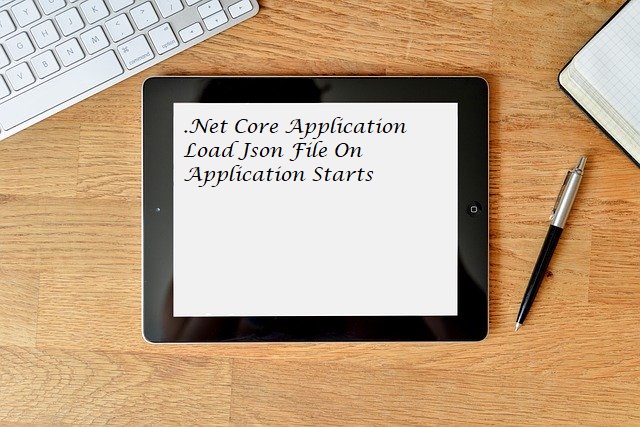
- SAMPLES OF VUE VISUAL UNDERSTANDING ENVIRONMENT UPDATE
- SAMPLES OF VUE VISUAL UNDERSTANDING ENVIRONMENT LICENSE
SAMPLES OF VUE VISUAL UNDERSTANDING ENVIRONMENT UPDATE
UpdateLibrary.helpText= Select a resource from the list below and click "Update" to update the Resource.
SAMPLES OF VUE VISUAL UNDERSTANDING ENVIRONMENT LICENSE
Some resources will needconfiguration or acceptance of a license agreement. Please refer to the VUE User Guide for more information.ĪddLibrary.helpText= Select a resource from the list below and click "Add" to add to the Resource panel. Each "Record Node" contains the entire row's metadata, while "value nodes" contain only the field data.ĭ= Create Associations to join datasets. In this case, search results are added directly to the map.ĭ= CSV Datasets and XML feeds (RSS) can be imported into VUE. Clicking "More options" provides additional search fields common to the selected resources.Searching using node label occurs when a node on a map is selected to seed a federated search against selected resources. Additional panels can be created through the "Add Resources" side menu.ĭ= The Search panel allows searching of all checked resources simultaneously. When working offline, remote files cannot be accessed. When content is dragged onto the My Saved Content panel, a copy is made available for ready access. Additional resources can be added through the "Add Resources" side menu.My Saved Content is a listing much like Bookmarks. Search results can be dragged to the Map window.

A resource can be searched by placing a check next to it or can be browsed, if selecting it opens the browse tab. The available data can be mapped and enhanced by semi-automatic visualization layouts.The Ontologies tab allows importing OWL or RDFS ontologies to create maps with additional semantic meaning.ĭ= The Resources window supplies content, suchas files or images, accessed from your computer or a searchable resource. The Dataset tab provides support for importing CSV datasets and RSS feeds. Style sheets may also be added to format an ontology.ĭ= Search nodes or links based on label or keywords metadata.ĭ= The Content window can assist in map creation by providing access to metadata-rich digital content.The Resources tab provides access to content from your computer, from remote systems such as FTP sites, digital repositories, Google servers and RSS feeds. The output appears in a temporary text file that can be saved for later use or import into statistical software.ĭ= VUE can import ontologies defined in RDF-S or OWL formats allowing for the creation of concept maps from pre-defined object and relationship types. It contains an Info tab for map description and properties, and a Keywords tab to define searchable tags or formal metadata which can be searched in repositories outside of VUE.ĭ= The context sensitive Info window displays additional information on the current selected resource such as a node, slide, or file.ĭ= Displays a list of available shortcut keys.ĭ= VUE supports the merging of a set of maps into a single map and offers two modes for visualizing nodes and links that are shared across maps: weight or vote.ĬonnectivityMatrix.helpText= Connectivity Analysis generates a matrix of connectivity relationships between nodes. Each node added to a pathway creates a complementary slide view where node content can be arranged for presentation purposes.ĭ= The Panner assists in navigating a map that is larger than the application window can display.ĭ= The Outline displays the contents of the map as a hierarchy.ĭ= Map Info displays data specific to the map. ĭ= Pathways allows the creation of custom "trails" through nodes in maps. Users must have read/write privileges to publish to a repository. Through the Resources window, maps can be published back to repositories. = Filter map display based on defined criteria.ĭ= Loading resources.ĭ= The Resources window supplies content, such as files or images, accessed from your computer or a searchable resource. = Create or remove custom metadata elements for all map objects. = Assign custom metadata to a map object by selecting an element from the pull-down menu and pressing Add(+) button.

LaunchPathwayTool.tooltip= Playback Slides OutlineTool.tooltip= Views the map as a text outline. SelectionTool.tooltip= Selection Tool (s) RapidLinkModeTool.tooltip= Rapid Prototyping

# Object Inspector Titles (based on object type)Ĭ= containsĬ= starts withĪarcheverything= EverythingĭefaultQueryEditor.mapBasedSearchLabel= Use node label/metadata ssage= Please select a resource in the Content window (Resources section).If no searchable resources are installed, click on the "+" button. NoResourceSelected.title= No Resource Selected # This section contains metadata used by VUE to identify the language and file verions


 0 kommentar(er)
0 kommentar(er)
